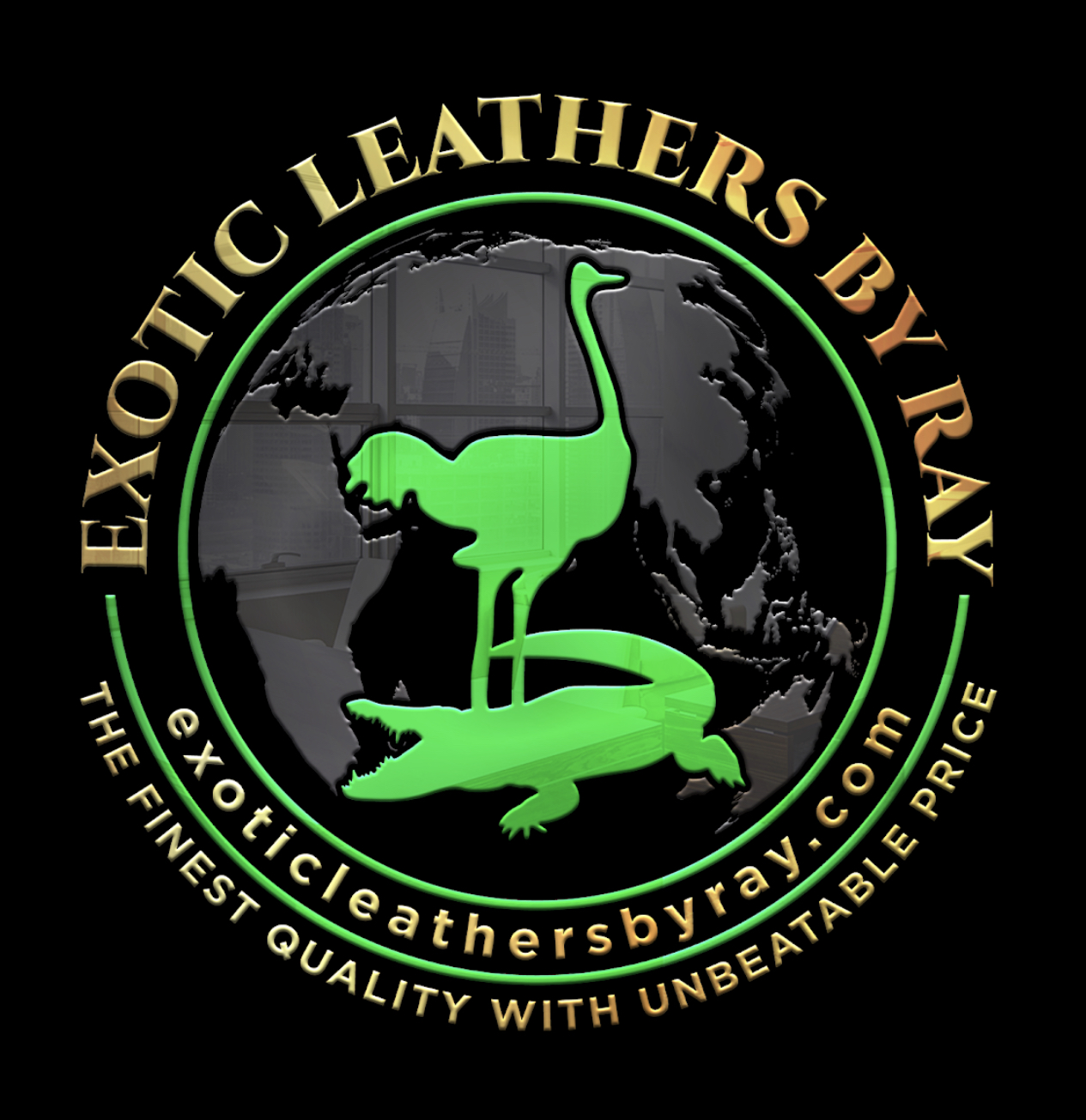Understanding the Essentials of Return Policies
- Ray Sartipi

- Jul 31
- 4 min read
When working with exotic leathers, clear return policies are crucial. They protect both the seller and the buyer. A well-defined return policy reduces disputes and builds trust. I focus on practical steps to create and understand these policies. This helps maintain a smooth business flow and customer satisfaction.
Why Return Policy Guidelines Matter
Return policy guidelines set the rules for how returns and exchanges are handled. They clarify what customers can expect. For leather crafters and manufacturers, these guidelines help manage product quality issues and customer expectations.
A clear policy prevents confusion. It also reduces the risk of financial loss. For example, exotic leather products are often high-value and unique. Without proper guidelines, returns can become costly and complicated.
Return policies also affect brand reputation. Customers appreciate transparency. They are more likely to buy again if they know the return process is fair and straightforward.
Key reasons to have strong return policy guidelines:
Protect your business from fraudulent returns
Set clear time frames for returns and exchanges
Define acceptable product conditions for returns
Outline the process for initiating returns
Specify who pays for return shipping

Essential Return Policy Guidelines for Leather Products
Return policy guidelines for leather products must address specific challenges. Leather is a natural material. It can vary in texture, color, and finish. These variations are normal but may confuse customers.
Here are the main points to include in your guidelines:
Return Time Frame
Set a clear deadline for returns. Common periods are 14, 30, or 60 days from purchase. This limits open-ended returns.
Condition of Returned Items
Specify that items must be unused and in original condition. For leather, this means no stains, scratches, or alterations.
Proof of Purchase
Require a receipt or order confirmation. This helps verify the transaction.
Return Shipping Responsibility
Clarify who pays for return shipping. Some businesses cover it for defective items only.
Refund or Exchange Options
State whether customers get a refund, store credit, or exchange. Be clear about restocking fees if any.
Non-Returnable Items
List items that cannot be returned. For example, custom orders or personalized leather goods.
Inspection Process
Explain how returned items are inspected before approval. This ensures quality control.
These guidelines help manage expectations and protect your inventory.

What should a return policy include?
A return policy must be comprehensive and easy to understand. It should cover all scenarios that might arise with leather products. Here is a detailed checklist of what to include:
Scope of the Policy
Define which products are covered. Include exceptions clearly.
Return Eligibility
Explain conditions under which returns are accepted. For example, defective products or wrong shipments.
Return Process
Provide step-by-step instructions for customers. Include contact information and required documentation.
Time Limits
State the exact time frame for returns and exchanges.
Condition Requirements
Detail the acceptable condition of returned items. Mention packaging requirements.
Refund Method
Describe how refunds are processed. Include timelines for crediting the customer.
Shipping Costs
Clarify who pays for return shipping and under what conditions.
Restocking Fees
If applicable, mention any fees deducted from refunds.
Dispute Resolution
Outline how disputes will be handled if disagreements arise.
Legal Compliance
Ensure the policy complies with local consumer protection laws.
Including these elements makes your return policy clear and enforceable. It also reduces customer confusion and complaints.

How to Communicate Your Return Policy Effectively
Having a return policy is not enough. You must communicate it clearly to your customers. This reduces misunderstandings and builds confidence.
Here are practical tips for effective communication:
Display the Policy Prominently
Place the return policy on your website, especially on product pages and checkout.
Use Simple Language
Avoid legal jargon. Use short sentences and clear terms.
Provide a Printable Version
Allow customers to download or print the policy.
Include Policy in Order Confirmations
Send the return policy link or summary in confirmation emails.
Train Staff
Ensure your customer service team understands the policy fully.
Use Visual Aids
Infographics or flowcharts can help explain the return process.
Update Regularly
Review and update the policy as needed. Notify customers of changes.
For example, I include a link to the return policy details on all product pages. This ensures customers can easily find the information before purchasing.
Best Practices for Handling Returns in the Leather Industry
Handling returns efficiently is key to maintaining customer satisfaction and controlling costs. Here are best practices tailored for leather crafters and manufacturers:
Inspect Returns Thoroughly
Check returned items for damage or wear. Compare with the original condition.
Document Each Return
Keep records of return reasons, condition, and resolution.
Offer Alternatives
If a refund is not possible, offer exchanges or store credit.
Minimize Return Fraud
Use serial numbers or unique identifiers on products.
Maintain Quality Control
Use return data to identify recurring product issues.
Respond Quickly
Process returns and refunds promptly to build trust.
Communicate Clearly
Keep customers informed throughout the return process.
Recycle or Repurpose Returned Items
If items cannot be resold, consider repurposing leather scraps.
By following these practices, you protect your business and maintain a positive customer experience.
Return policies are a critical part of selling exotic leather products. They protect your business and help customers feel secure. Clear guidelines, effective communication, and efficient handling of returns are essential. Use the tips and examples here to develop or improve your own return policy. This will support your goal of expanding your reach while maintaining excellent product quality and value.






Comments